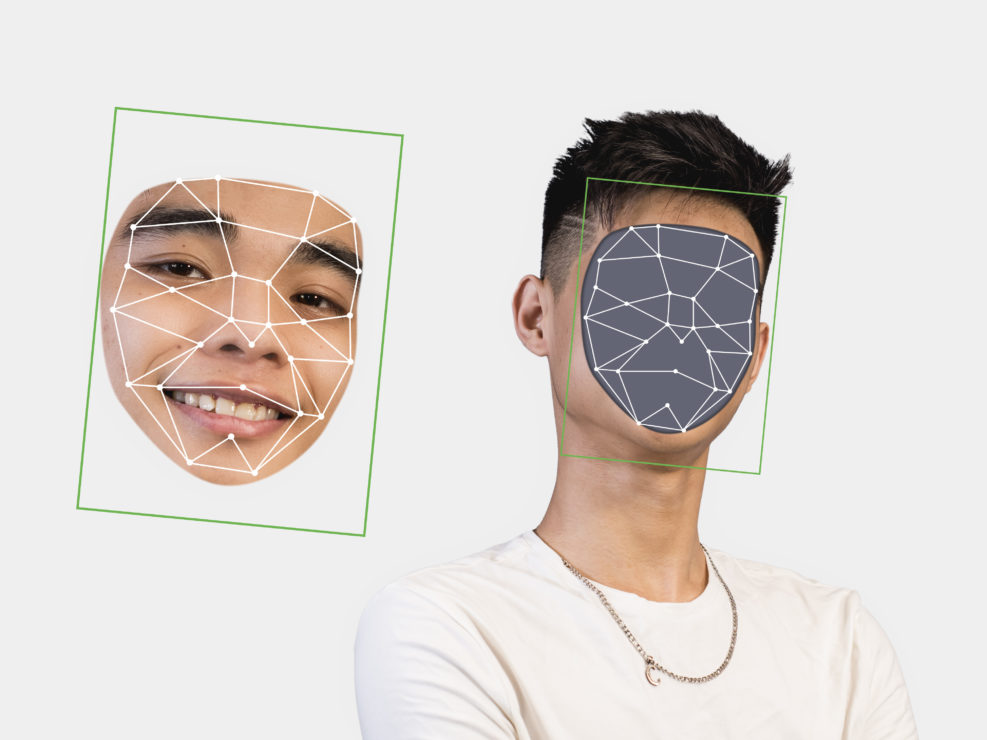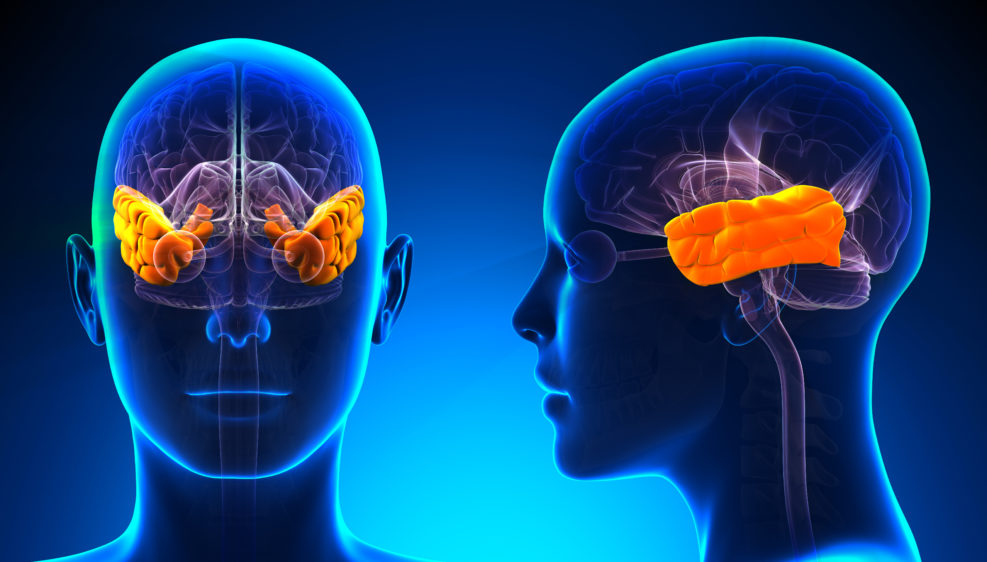
Why Scientists Think There Might Be Life on Europa
Jupiter’s moon Europa, somewhat smaller than Earth’s moon, may have surface water and organic chemicals, researchers sayRecent evidence suggests that Europa’s icy shell may have pockets of liquid water: “Because it’s closer to the surface, where you get interesting chemicals from space, other moons, and the volcanoes of Io, there’s a possibility that life has a shot if there are pockets of water in the shell,” says study author Dustin Schroeder, a geophysics expert at Stanford University in a statement. “If the mechanism we see in Greenland is how these things happen on Europa, it suggests there’s water everywhere.” Elizabeth Gamillo, “Europa’s Icy Shell May Be Habitable for Life” at Smithsonian Magazine (April 20, 2022) The paper is open access. NASA has noted the likely presence of organic chemicals as well: For Europa to be potentially Read More ›


















